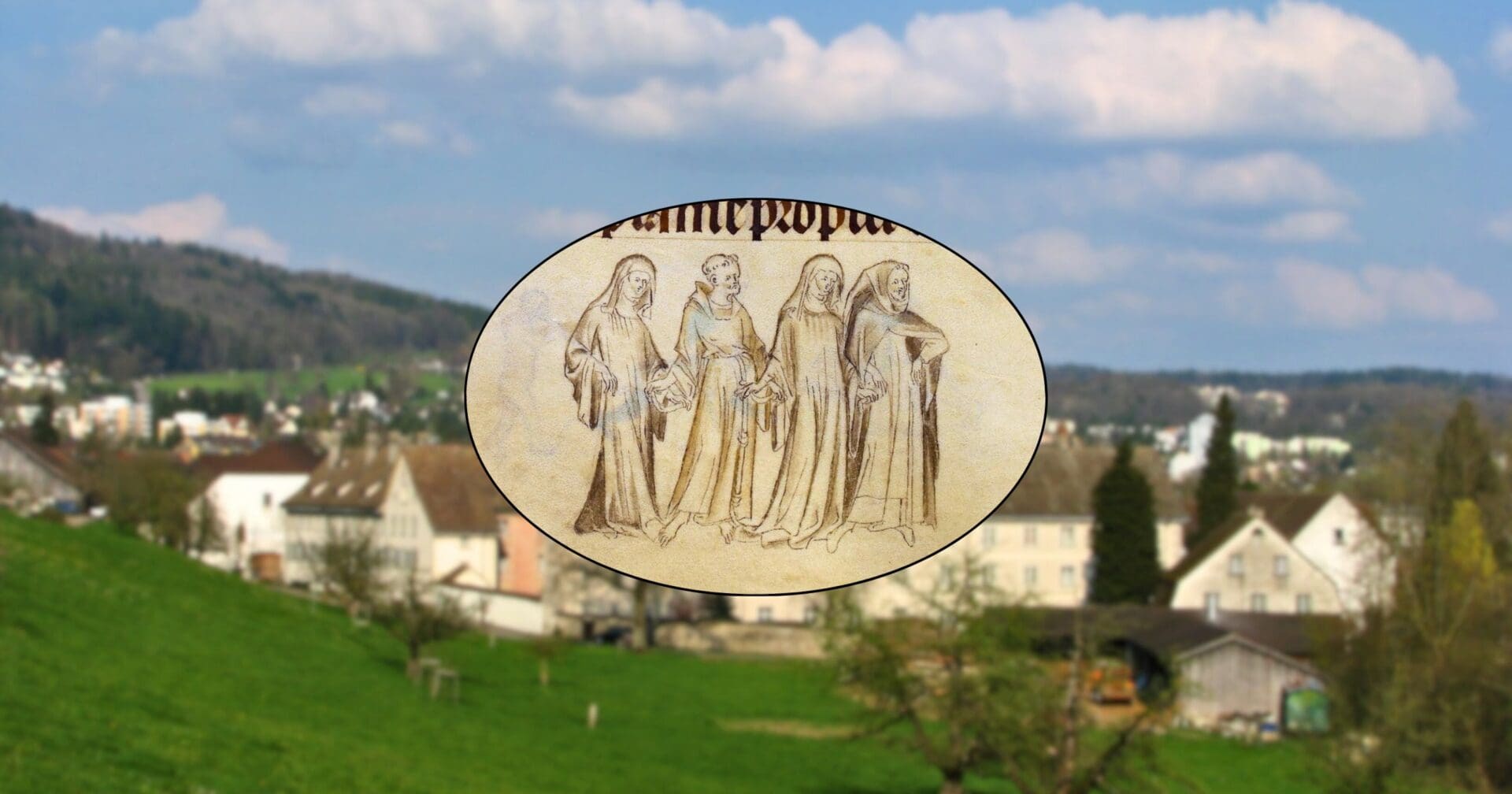Double monasteries are unique communities for monks and nuns under one roof!
Originating in the 4th century, these institutions were prevalent in both Eastern and Western Christendom, offering a shared space for spiritual growth and service while maintaining gender segregation.
In these spiritual havens, monks and nuns led their lives in close proximity, often governed by an Abbess. This arrangement allowed the spiritual needs of the nuns to be attended to by the priests of the male community, bridging a gap that single-gender monasteries couldn’t span.
Despite their benefits, double monasteries faced scrutiny and eventual decline, primarily due to concerns over impropriety. The Second Council of Nicaea in 787 marked the beginning of the end for these institutions, decreeing, “Double monasteries are henceforth forbidden.” This directive aimed to curb instances of “incontinence” spurred by the close living quarters of men and women.
However, the concept didn’t vanish entirely. After a period of dormancy, there was a resurgence of double monasteries in the 12th century, spearheaded by reformers like Robert of Arbrissel. This revival saw a nuanced approach, with stricter regulations ensuring a more disciplined coexistence between monks and nuns.
While the traditional double monastery is a rarity, the spiritual camaraderie and communal harmony they offered poses an intriguing question to the modern ecclesiastical community: how do we combine community with spiritual unity?
Photo credit: Public Domain via picryl | Roland zh via Wikimedia Commons















